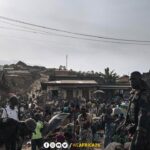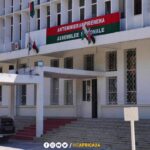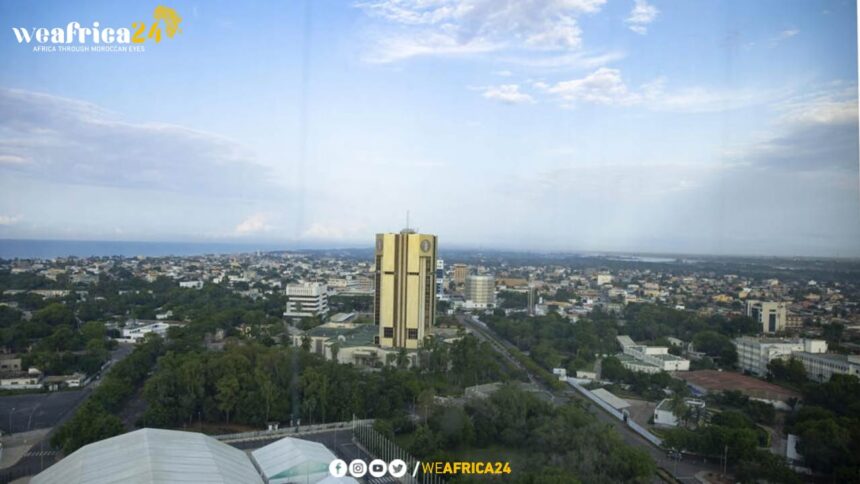The onset of the rainy season in Togo has already brought several instances of heavy rainfall, particularly affecting the southern regions of the country. In the capital city of Lomé, multiple areas have experienced significant flooding. The Togolese meteorological agency has forecasted more intense rainfall for June, urging residents in vulnerable areas to remain vigilant.
Near the water retention area at the Deux Lions intersection in Lomé, roads have been submerged, and water has infiltrated local shops, forcing some businesses to close for several days following the heavy rains late last week.
In Zanguera, a resident recounted how he was awakened in the middle of the night by rising water in his home. He fled with his family, leaving behind personal belongings and poultry.
Several factors contribute to the recurrent flooding in Greater Lomé during the rainy season. “The city is largely situated on a plain, which naturally forms small rainwater retention basins in certain areas. Urbanization, however, has overlooked this geography. People have built homes in these basins, so when it rains, the water returns to its natural location, immediately flooding these areas,” explained Nkéré Komi, a geography professor at the University of Lomé.
Additional factors include the high density of buildings, which prevents rainwater from seeping into the ground, and climate change, which has resulted in heavy downpours over short periods.
The National Civil Protection Agency (ANPC) is currently assessing the damage. All municipalities within Greater Lomé have been affected, according to the ANPC, which continues to pump out water and raise awareness in high-risk zones. A free emergency hotline has been established for flood-related incidents: 170.
As the rainy season progresses, the ANPC and other authorities remain committed to mitigating the impact of flooding and protecting the residents of Lomé. The situation underscores the need for improved urban planning and infrastructure to better manage the challenges posed by climate change and urbanization.







